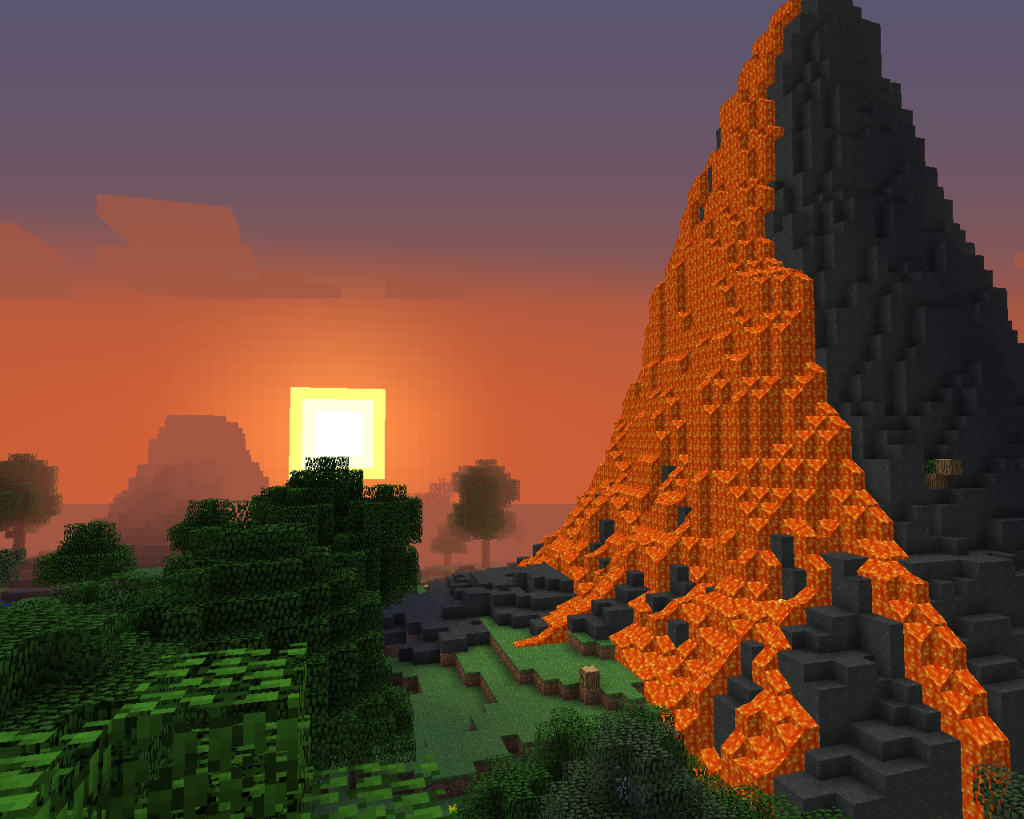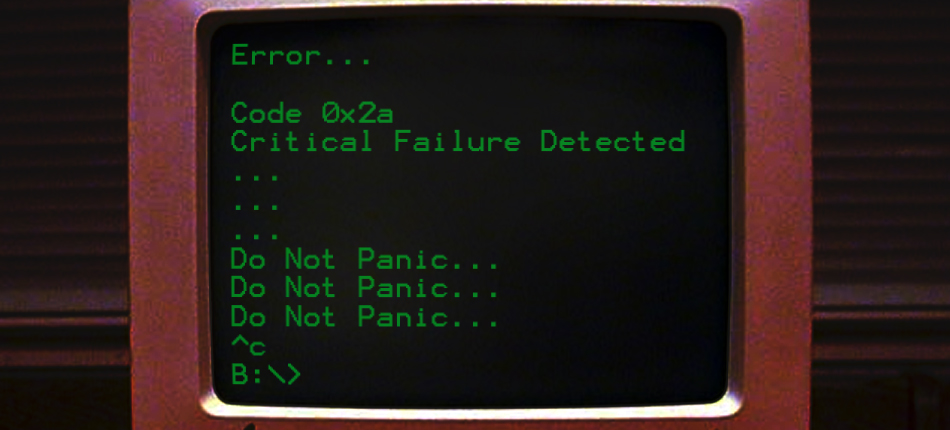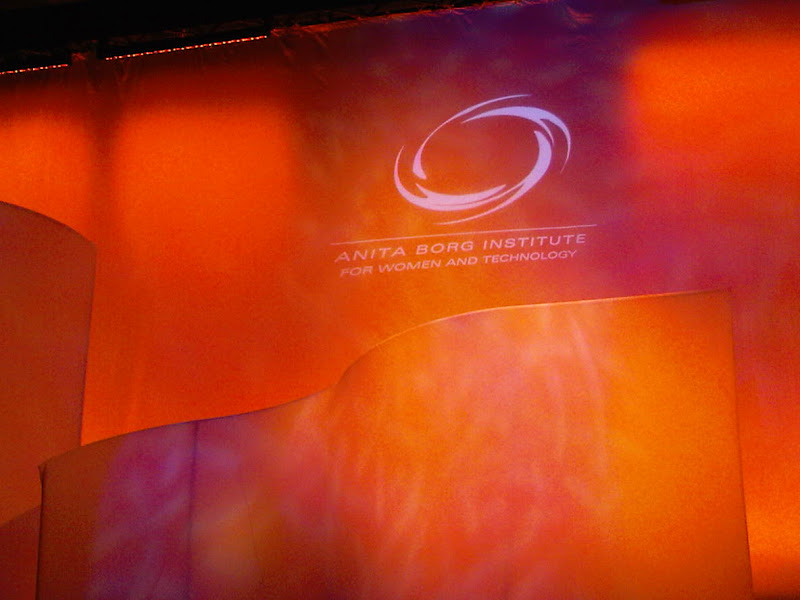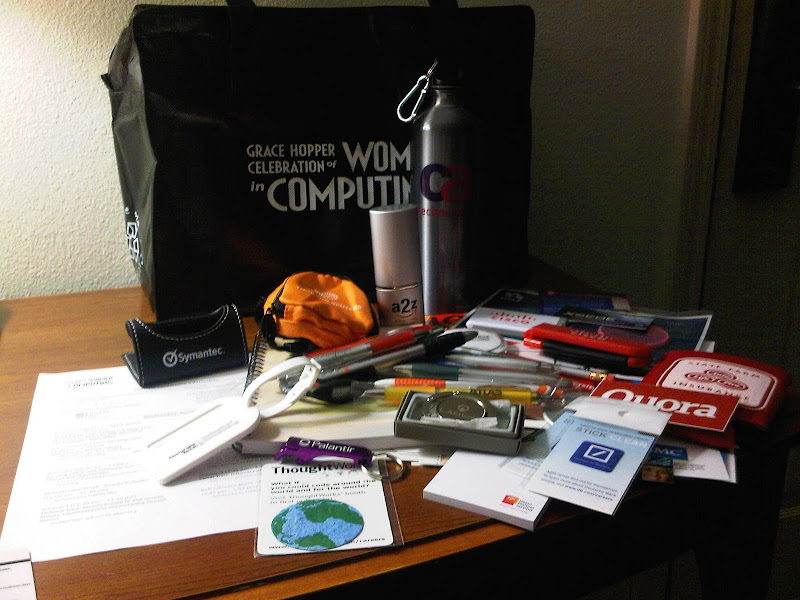This blog is probably one that would have been better written in the moment rather than as a retrospective, but as you will see from the timeline I was too overwhelmed with everything else going on to think about writing a blog.
When I was looking to apply to grad school I scoured the internet for information from other grad students and professors looking for anything that would give me the best possible chance at a) knowing if this grad school thing was what I wanted to do and b) giving me the best possible chance of getting into the grad school that was going to be best for me. Now that I’m on the other side of the application process and I’m feeling great about the outcome, I thought I would attempt to share my experience for the next generation of applicants looking for more information.
DISCLAIMER: This is a completely personal experience and should in no way be treated as a how-to guide. Everyone is going to be different, coming from a variety of backgrounds and going into a multitude of different fields of study. Please don’t read this as the perfect way to get into the grad school of your choice; I’m sure there are much easier ways of doing it.
I think the best way to do this is write this out as a timeline of events, with links and info about each of the events. If this gets to be too long, I’ll break this into multiple parts and if something needs more attention than everything else, I’ll break that into its own blog article.
October 2011: Grace Hopper 2011
I went to Grace Hopper in Portland, OR as a student volunteer. It was the first time I got a real good look at what someone could really do with a computer science background. I met a lot of students who were in grad school working towards their PhD. I heard about some cool research being done that I learned was in the field of Human-Computer Interaction (HCI). Up until this point, I thought a computer science degree was good for getting a job at a software company writing code. The seed of the idea of grad school is planted.
January 2012: Industry Job Interviews
Between Grace Hopper and early 2012, I subjected myself to several really uncomfortable industry interviews. Let’s just say coding on the fly, in a high pressure situation and recalling complex algorithms and data structure optimization is *not* my strongest skill. It’s at this point I really start to question what I am doing and why I am trying to push myself into something that clearly isn’t working out.
February 2012: DREU Internship Application
At the very last minute, I decided to apply to the CRA-W’s DREU internship. It’s also around this time that I started working with a professor at my campus on his smart grid research. He had asked for volunteers, so I decided that it was worth the experience.
It was also around this time I decided that I wanted to pursue a career more in the area of HCI. I was taking the elective “Intro to HCI” offered by my school (which turns out was that great of an intro) and thought my interdisciplinary studies in Psychology and Computer Science were a good fit for this area. I applied for a scholarship to attend CHI 2012 in Austin, TX through the ACM-W.
March 2012: DREU Acceptance and Matching Results
At the beginning of March I received an email saying that I had been accepted to the DREU program for the summer. I was really excited and very worried at the same time. I hadn’t done any extensive traveling and never really on my own. They said they would email me soon with my matched mentor and the location I would be traveling to for the summer. I looked at all the past mentors and their universities. Where would I be living that summer? Who would I have to work with? The only things I had heard from friends that had completed REUs was how awful it was. The mentors just give you some project and are too busy to actually mentor you. The projects aren’t of much consequence or the results end up being something you can’t get a publishable paper out of… I started wondering if I had done the right thing.
I was up all night worrying I would be shipped off to some strange place I couldn’t survive and have a mentor I wouldn’t be able to work with. However, I was not in agony long. It was at school the next day when I got my match-up. The rest, as they say, is history. You can read plenty about my DREU internship on my blog space. Dr. Amy Hurst was the best mentor a person could ask for. She was exactly what I needed at a time when I didn’t even know what I needed or what I was doing with my life.
April 2012: CHI 2012 in Austin, TX
My first real research conference was CHI. Talk about amazingly overwhelming. It’s a lot of people. And I had never been to Texas before. And it was my first time on a plane in years. I really enjoyed it, nonetheless. I think my overall impression was excitement that so many people from so many different places were all passionate about the same thing. There were more computer-oriented people and there were more psychology-oriented people, but they all meshed together to make something pretty exhilarating.
People ask me what my favorite talk was and I don’t even remember. I think if I went back to the program notes and see what I went to, I would probably recall. I have learned a lot since I was there though. How to go to conferences and pick what talks you want to see is an important skill.
CHI is also where I met Dr. Amy Hurst for the first time and some of her students. All in all, it was a good first experience into a world I was soon to submerge myself in.
The saga continues next time in PART 2…








